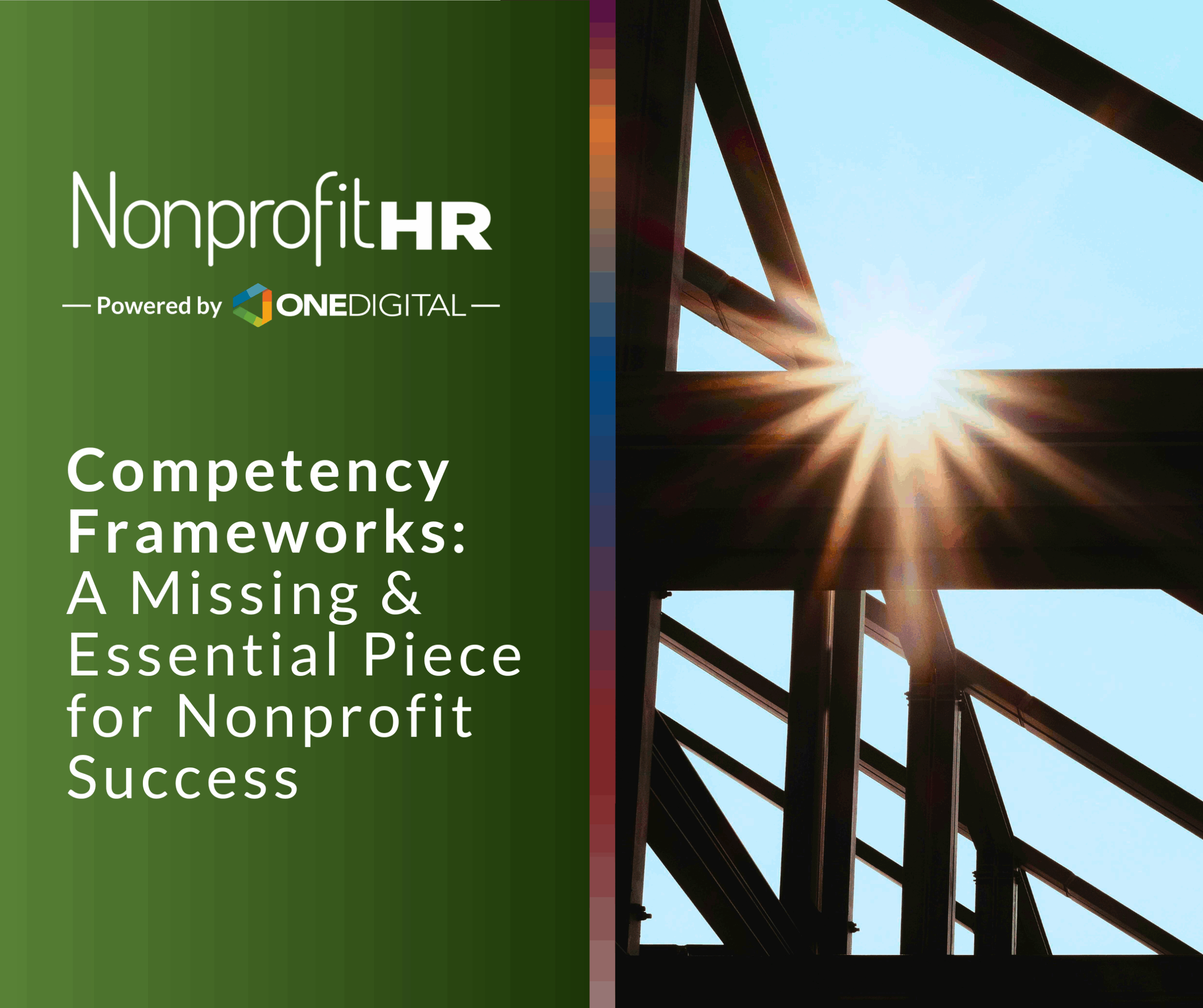WTOP: 5 ways nonprofits can…
When it comes to designing a fair and strategic compensation structure, the details matter. While job boards and crowd-sourced data can be a useful reference and are crucial for job seekers, they lack the precision and relevance needed to build salary structures that accurately reflect the realities and values of social impact organizations. As a compensation practitioner more data is always better, however consider the following factors when using this data for your organization’s compensation strategy:
- Limited and Unrepresentative Data
Job boards often provide a small, selective snapshot of job opportunities. These postings typically will not capture the full scope of positions from your organization, such as mission, organizational size, structure, budget or geographic diversity. This narrow data pool may skew toward certain industries or roles, giving an incomplete picture of salaries for nonprofit or mission-driven organizations.
- The Self-Reporting Factor
The salaries posted on job boards are self-reported, which can be problematic. Employers who list salaries on job boards may or may not follow rigorous salary-setting processes, and there’s no way to verify how they arrived at those figures. This self-reporting bias creates room for inaccuracies, making it difficult to rely on these numbers when constructing a reliable salary structure.
- Missing the Bigger Picture
Job board listings tend to provide only the basic details, such as the job title and pay range, without much context. Important factors like the organization’s structure, role fit and the values that shape compensation policies are usually left out. With these essential pieces missing, it’s challenging to make meaningful comparisons between roles across organizations.
- Regional Salary Differences
Geographic variations in salary are considerable, often due to differences in local economic conditions, labor costs and industry demand. Since job boards rarely provide sufficient detail to account for these regional differences, the data can skew toward certain areas, creating gaps that make it harder to set accurate and fair salaries across different locations.
- The Ambiguity of Job Titles
Roles like “Marketing Manager” or “Project Coordinator” can vary widely from one organization to another. Without standardization, these titles while sharing what the position is within a specific organization could lead to confusion when attempting to match these roles to specific salary ranges or positions within your organization.
- Risk of Outdated Information
The labor market shifts frequently, and job board data may not be updated to keep up with these changes. Salary figures can become quickly outdated, especially with new job postings added and old ones lingering. This outdated information risks distorting current salary trends, which is why current, accurate data is so essential for a structured approach.
Rather than data from job boards, consider participating in third-party surveys that align to your organization. Salary surveys are updated regularly and include salary data provided directly from HR and payroll departments, ensuring that you are working with data that reflects actual pay trends. This data will ensure that your organization constructs a compensation structure grounded in verifiable, relevant market data that aligns with your mission, staff size, budget, geographic footprint and values.
In the end, by taking the time to participate in or use data from salary surveys your organization can create a compensation strategy that fully supports your team and reflects your organization’s commitment to equity and transparency.
Contributing Author
Lisa McKeown
Managing Director, Total Rewards
Nonprofit HR
View Lisa’s bio.






























